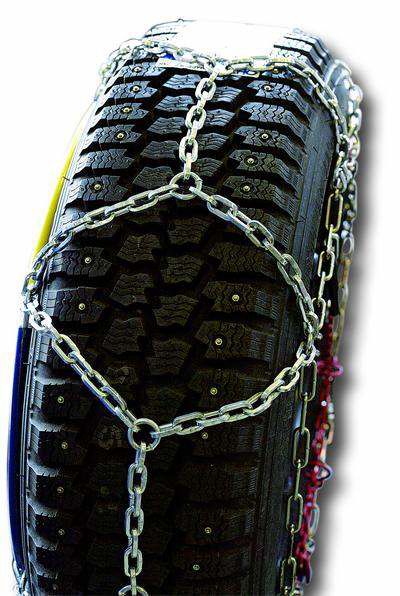Get set for winter driving
Published 5:00 am Saturday, October 28, 2006

- Get set for winter driving
With weekend weather expected to be in the sunny 60s, the thought of snow tires may be a chilling reminder that winter is looming.
But starting Nov. 1 – Wednesday – studded tires will be legal on Oregon roads. Unless winter weather extends the deadline, they will be allowed through April 1, according to the Oregon Department of Transportation.
The studs are made of carbide steel and have better gripping abilities than all-season tires, said Jason Sparks, assistant manager of Les Schwab Tire Center on Northeast Franklin Avenue.
Drivers also have the option of studless snow tires. Legal all year long, the studless treads are made of a softer rubber that is more pliable and does not get brittle or freeze as the weather gets colder, he said.
”It really more or less depends on personal preference,” Sparks said of the two. ”They’re both designed for winter driving.”
Prices vary considerably depending on type of car and tire type. For instance, to outfit a Honda Civic with four studded tires, it would cost about $366 to $393, he said. For studless tires, it would cost about $394.
”If you’re new to the area, I would highly recommend a snow tire, ” Sparks said, ”so you’re safe and you have that good sense of security.”
But when it comes to tires, the state transportation department hopes people will tread lightly on studs.
Studded tires cost more than $40 million in statewide road damages each year, but the state agency only has $11 million budgeted to fix the roads, said Dave Thompson, public affairs manager for ODOT.
”We ask people to be judicious in their use,” he said. ”Although studded tires are legal, especially in your neck of the woods, we ask people not to leave them on all winter season because of the damage they cause to the roads.”
His organization recommends studless traction tires that carry a three-peaked mountain and snowflake symbol on the tire sidewall. The tires meet Rubber Manufacturers Association standards and provide better traction than studded tires when used on bare pavement, according to ODOT.
Drivers who disobey signs requiring mandatory traction tires and chains in mountainous or snowy areas or have studded tires after the April 1 deadline are subject to a Class C traffic violation with a maximum fine of $145, said Sally Ridenour, a spokeswoman for ODOT. If a driver has studded tires before Nov. 1 in winter conditions, she said that person would likely not get a ticket. But if conditions are normal, she said a written violation would be at the officer’s discrimination.
In terms of road closures, Thompson said ODOT shuts down roads when snowplows can no longer handle the drifts.
Roads like McKenzie Pass, or Oregon 242, would be closed when there is too much snow to plow, he said.
Precautions like traction tires or four-wheel drive may help people feel safer, Thompson said. But he cautioned that the most important thing drivers can do is be careful.
”No tire will keep you completely safe,” he said. ”When it’s icy and snowy, you just have to slow down.”
SELECTING a winter tire
Studded tires
Are legal in Oregon but not some states. They provide the best traction on icy surfaces. They may be on the car legally from Nov. 1 to April 1.
All-weather tires
May be sufficient for experienced winter drivers. They can also be useful for driving in rain and on moderate gravel roads. They get the best mileage of the three.
Winter tires
Come in numerous varieties. They grip better than all-season tires on ice and snow.
Chains
Can be used on any style of tire in severe winter conditions. They are designed for packed snow only. They may be required on some Oregon highways during the winter.






